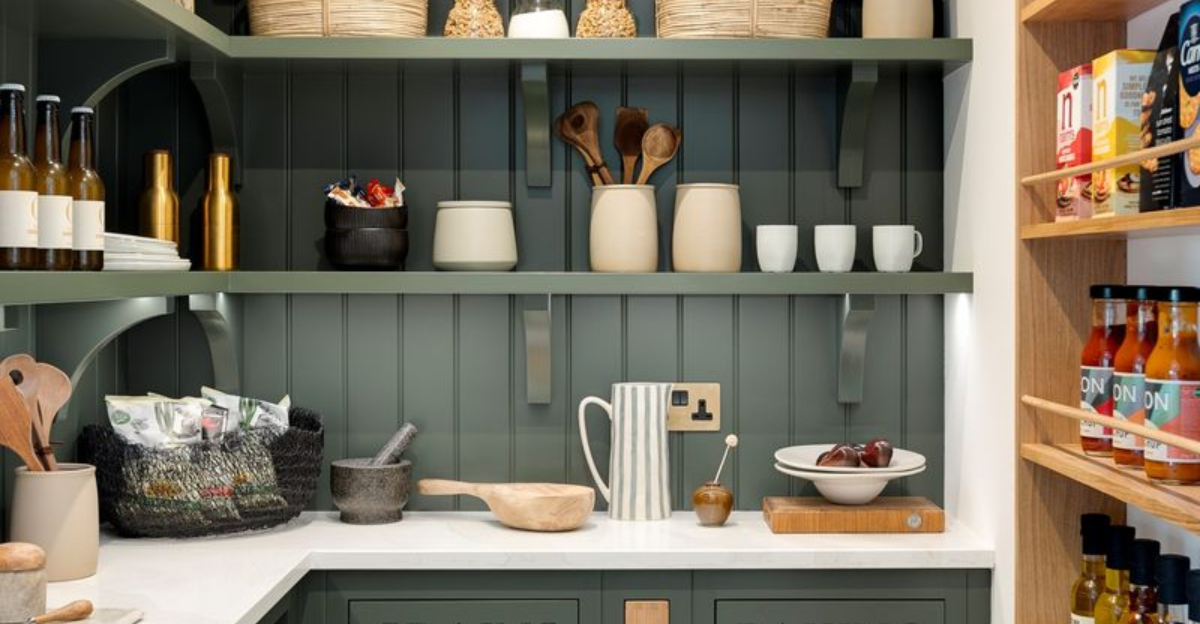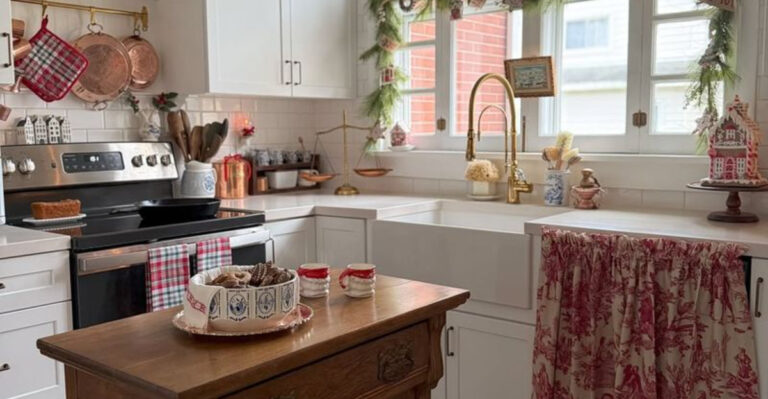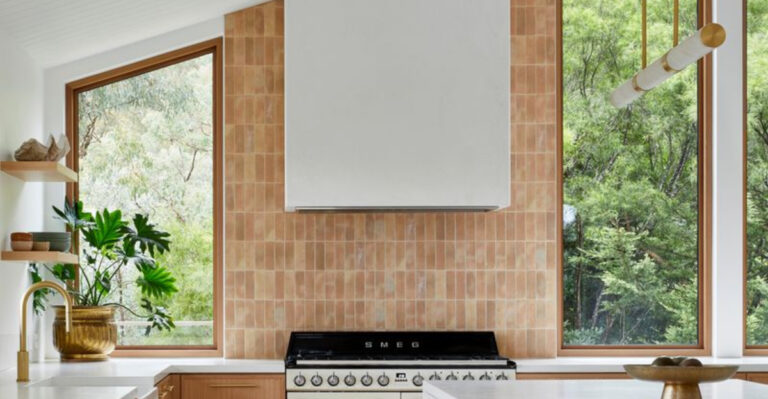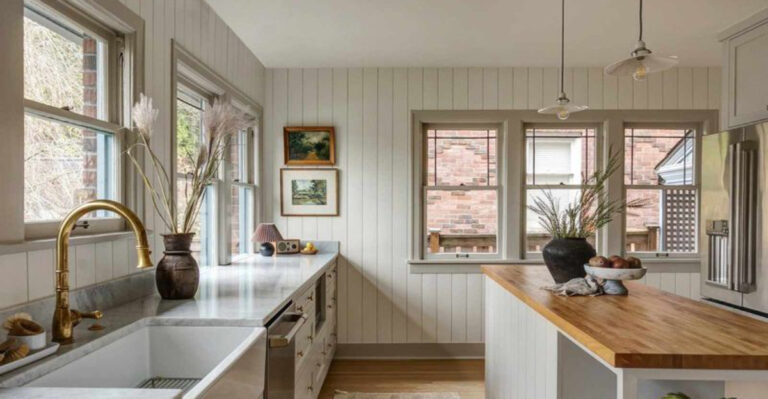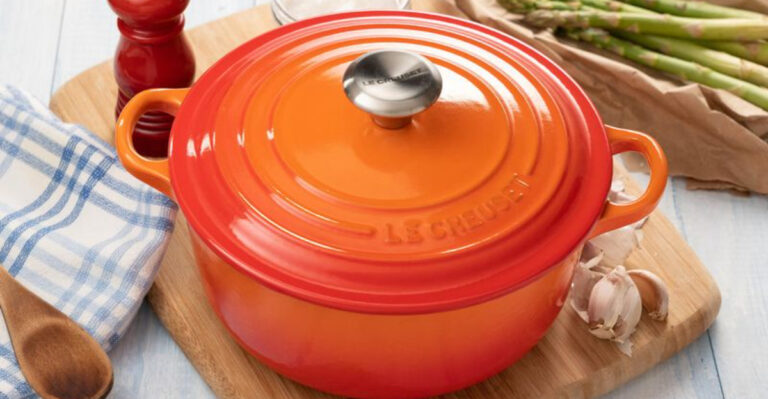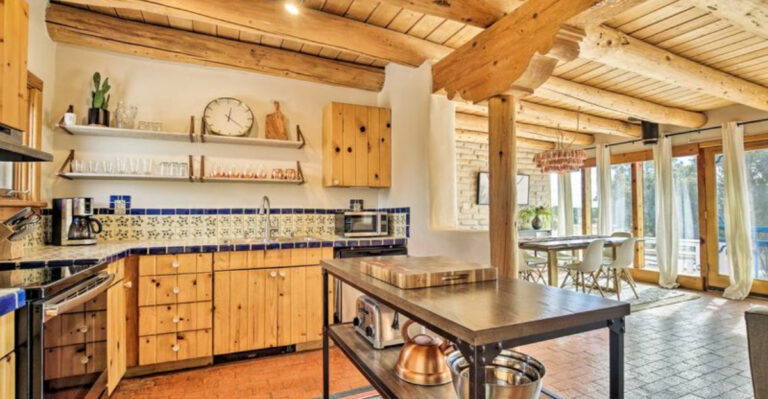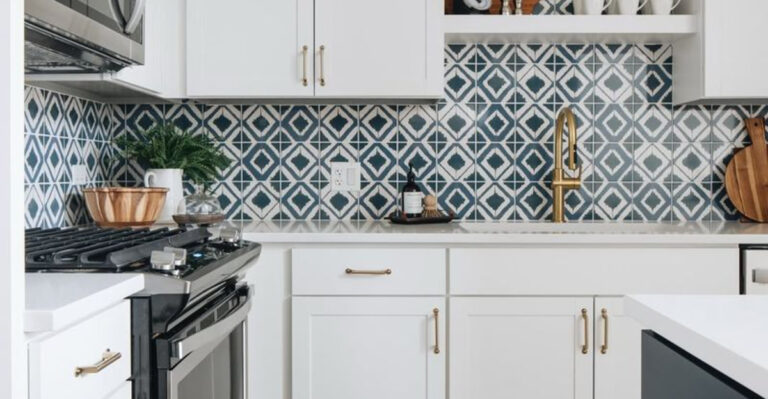27 Things That Always Make Your Kitchen Look Really Small, According to Designers
Making a kitchen feel open and breezy isn’t always as simple as knocking down a wall. Certain design choices can unintentionally shrink the space—even in larger kitchens.
Designers have highlighted 27 common culprits behind that closed-in look. From layout missteps to color choices, each tweak offers a chance to maximize light, flow, and function.
Small changes can lead to big breathing room—and your kitchen might just feel twice as big.
1. Dark Cabinets
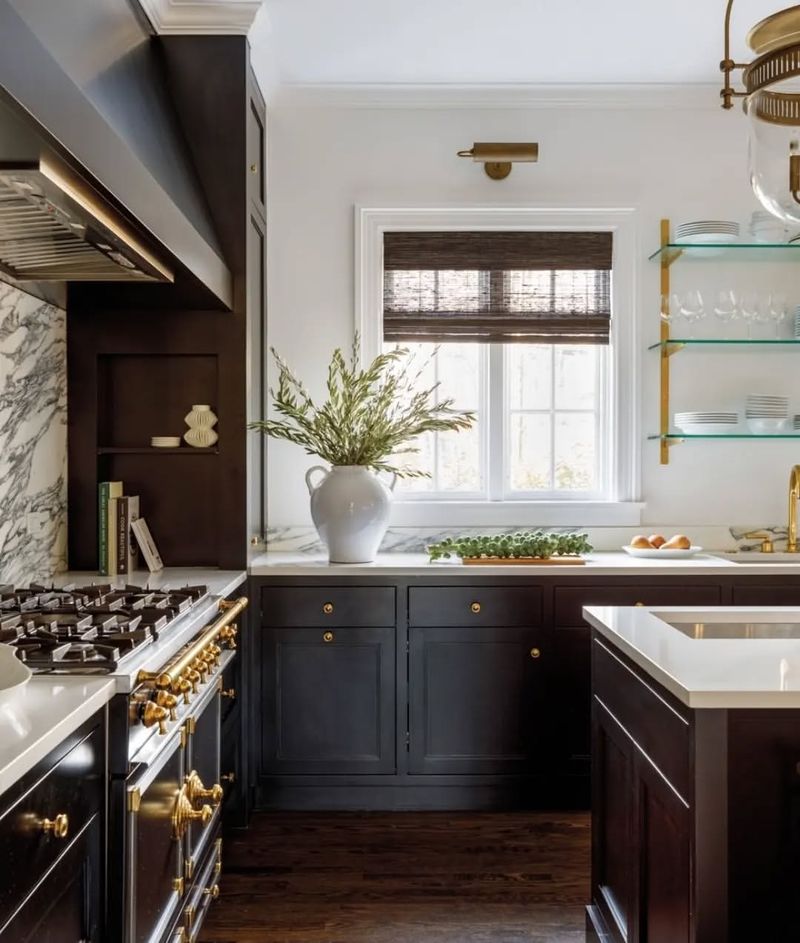
How often have you entered a kitchen and felt the weight of its heavy, dark cabinets? Such color choices can absorb light, making the space feel enclosed. Instead, opting for lighter shades can brighten up your kitchen, creating the illusion of more space.
Designers recommend whites, cream, or light greys to reflect light better and open up the area. If replacing cabinets isn’t feasible, consider a fresh coat of paint to lighten things up. The transformation can be surprisingly impactful without the need for extensive renovation.
2. Cluttered Countertops
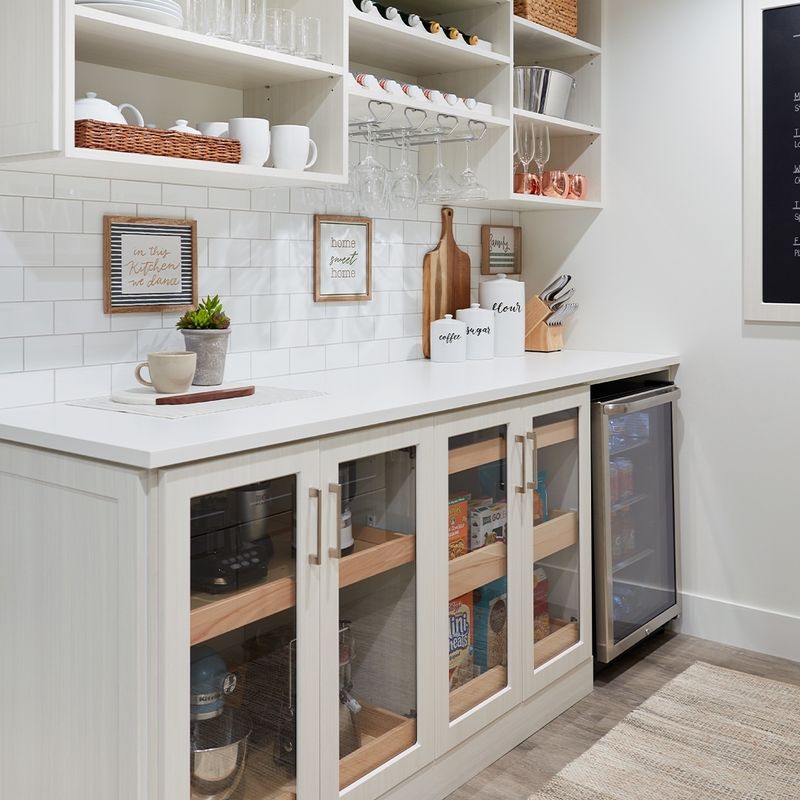
Wherever your gaze falls, cluttered countertops can shrink the visual size of any kitchen. Keeping surfaces clear not only enhances functionality but also opens up the room. Try storing appliances that are not used daily in cupboards or invest in vertical shelving to maximize space.
Furthermore, organizing with stylish containers can keep essentials accessible yet tidy. A minimalist approach to countertop decor can significantly alter the perception of space, making your kitchen feel more expansive and welcoming.
3. Lack of Lighting
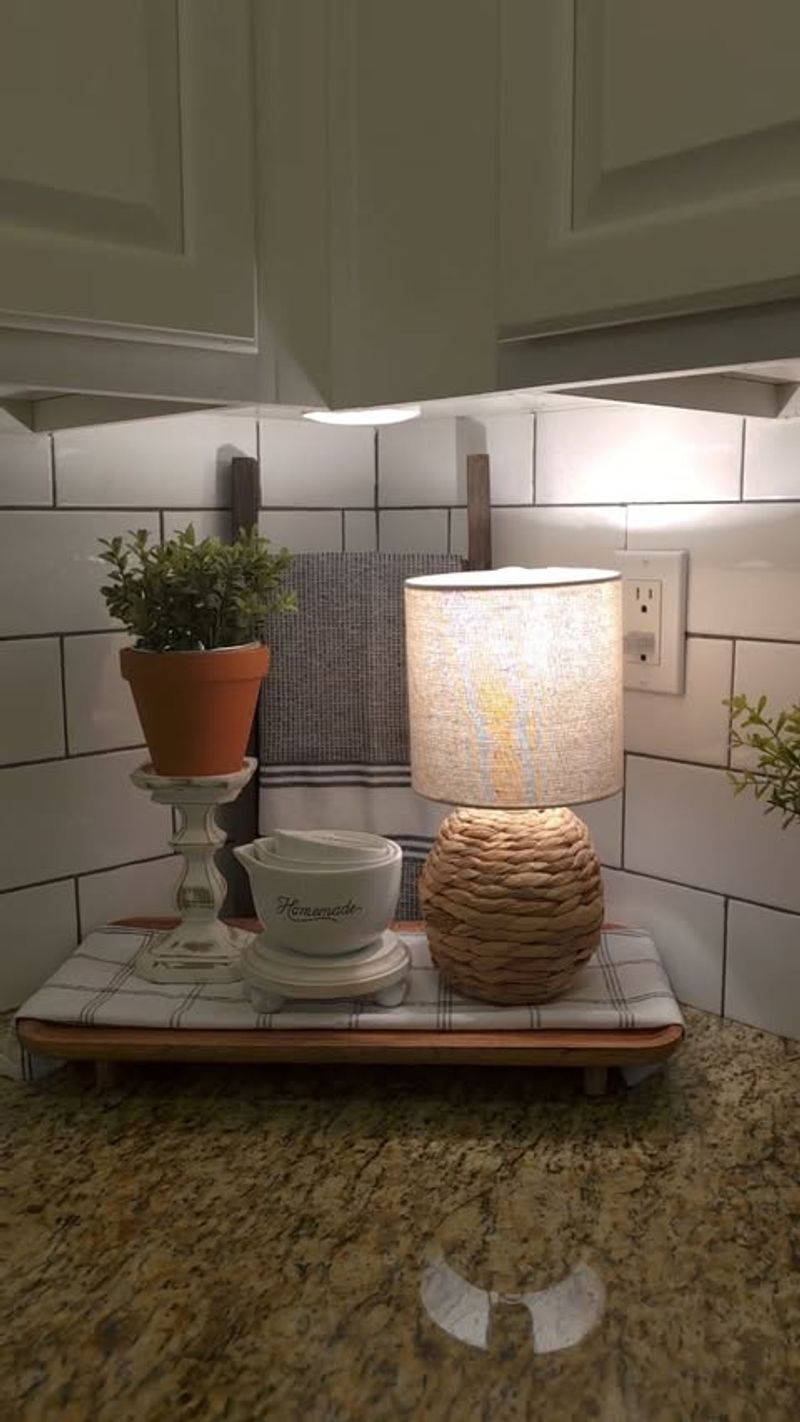
If your kitchen seems smaller than it is, inadequate lighting might be the culprit. Proper lighting can breathe life into a room, making it appear larger and more inviting. Consider layering your lights: overhead fixtures for general illumination, under-cabinet lights to highlight counters, and pendant lights for style.
Adding mirrors or glossy surfaces can also reflect light, enhancing the sense of space. A well-lit kitchen is not only functional but also feels more open and pleasant to spend time in.
4. Overcrowded Shelves
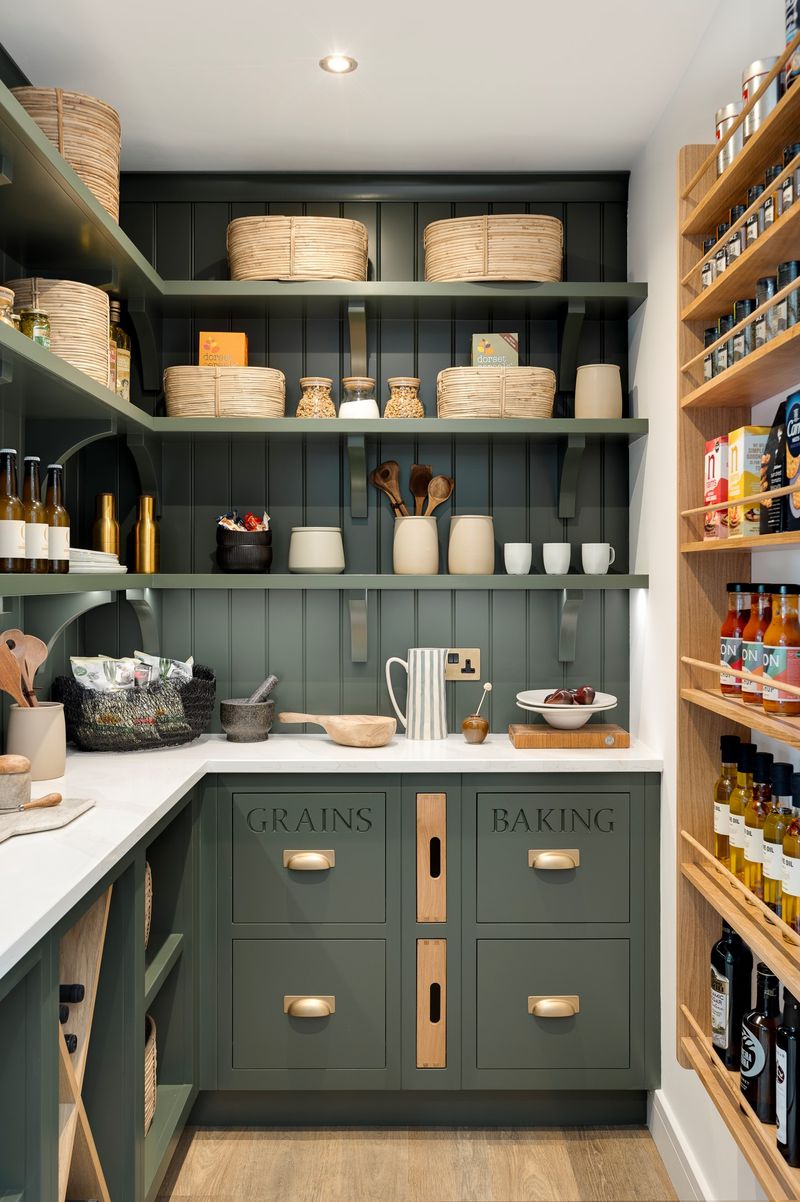
In addition to cluttered countertops, overcrowded shelves can contribute to a cramped kitchen atmosphere. Open shelves are trendy, but they require careful curation. Consider storing less attractive items behind closed doors and displaying only a few select pieces.
This approach not only reduces visual clutter but also offers a chance to showcase your personal style. Keeping shelf decor simple and organized will enhance the sense of openness in your kitchen, making it feel larger than it is.
5. Dark Backsplash
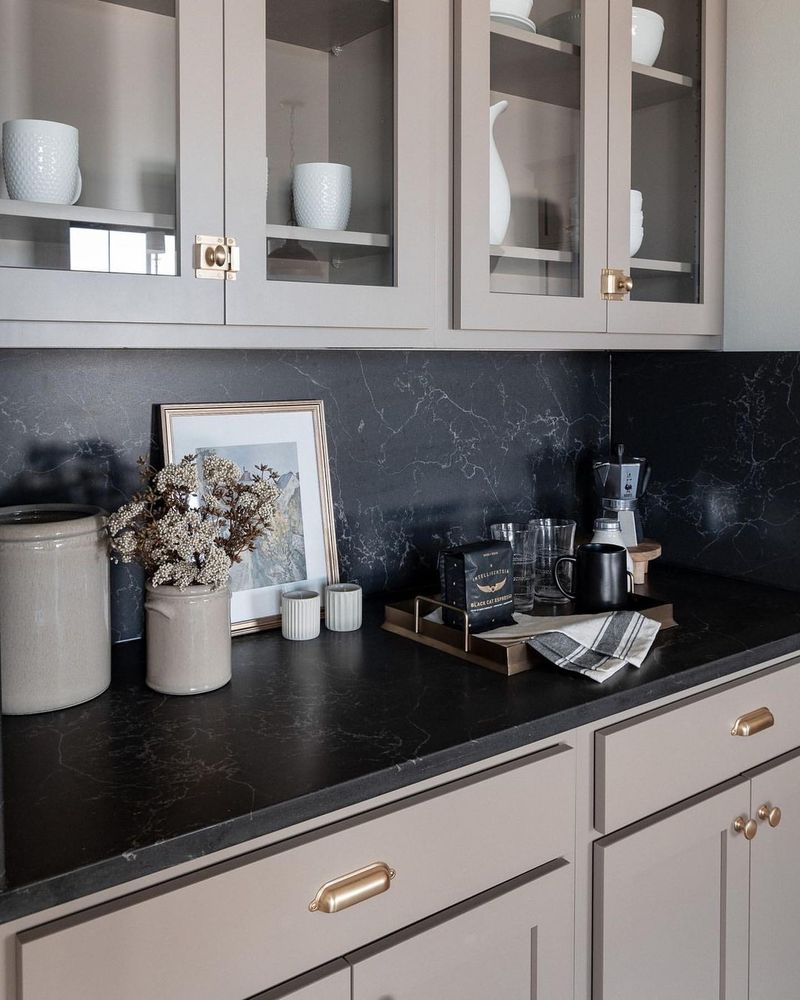
Though a dark backsplash may seem stylish, it can inadvertently make your kitchen feel smaller. Light-colored tiles or reflective materials can dramatically affect how spacious your kitchen appears. If changing the backsplash isn’t an option, consider adding under-cabinet lighting to brighten the area. The contrast between a light backsplash and other elements can open up the room, enhancing both aesthetics and perceived size. Brightening this one aspect can yield a surprisingly spacious feel.
6. Heavy Curtains
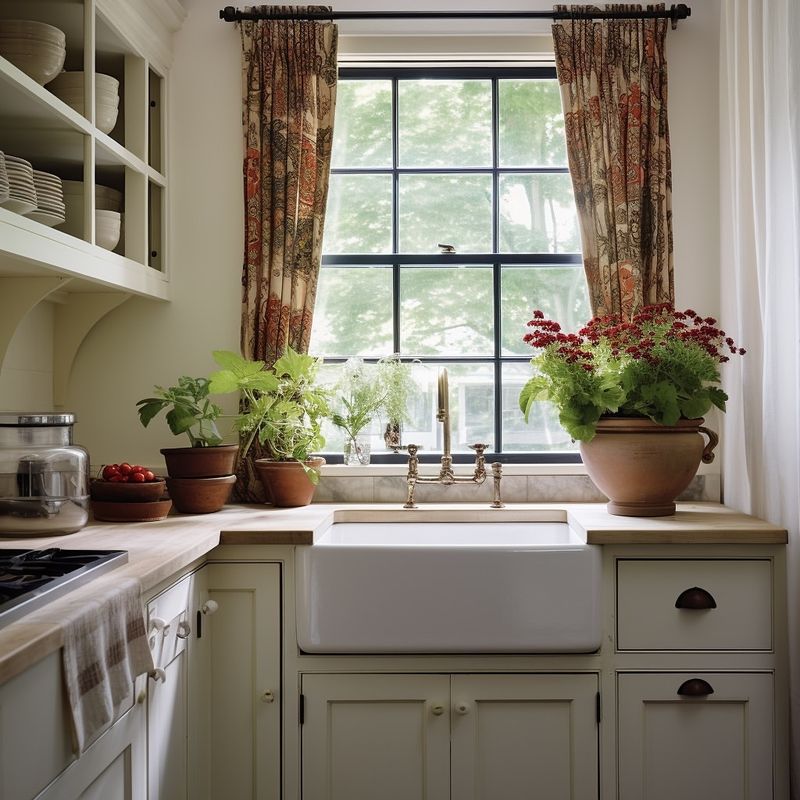
However charming they may seem, heavy curtains can obstruct natural light, diminishing your kitchen’s size. Opt for sheer or light-colored curtains to allow sunlight to pour in freely. If privacy is a concern, consider frosted glass or adjustable blinds.
Natural light has a transformative effect, making small spaces feel larger and more inviting. A simple change in window treatments can make your kitchen feel airy and open, a truly worthwhile adjustment.
7. Oversized Furniture
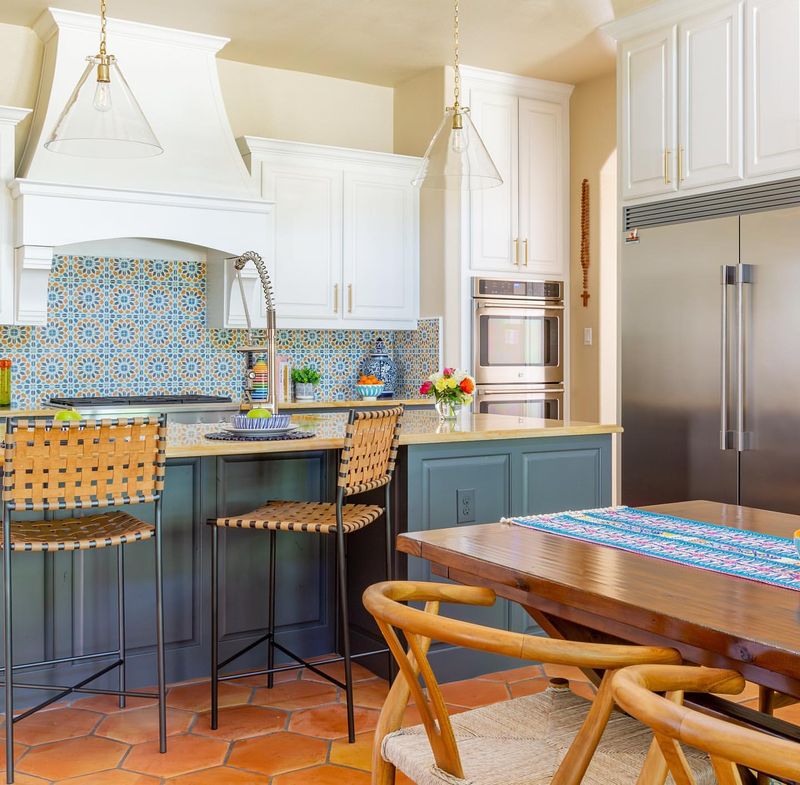
In addition to making a bold statement, oversized furniture can overwhelm a small kitchen. Choose appropriately scaled pieces to enhance flow and accessibility. Think about multifunctional furniture like drop-leaf tables or expandable kitchen islands, which save space without compromising utility.
Such thoughtful selections can balance style and functionality, preventing your kitchen from feeling cramped. A well-proportioned room allows for better movement and creates an inviting atmosphere for cooking and gathering.
8. Excessive Decor
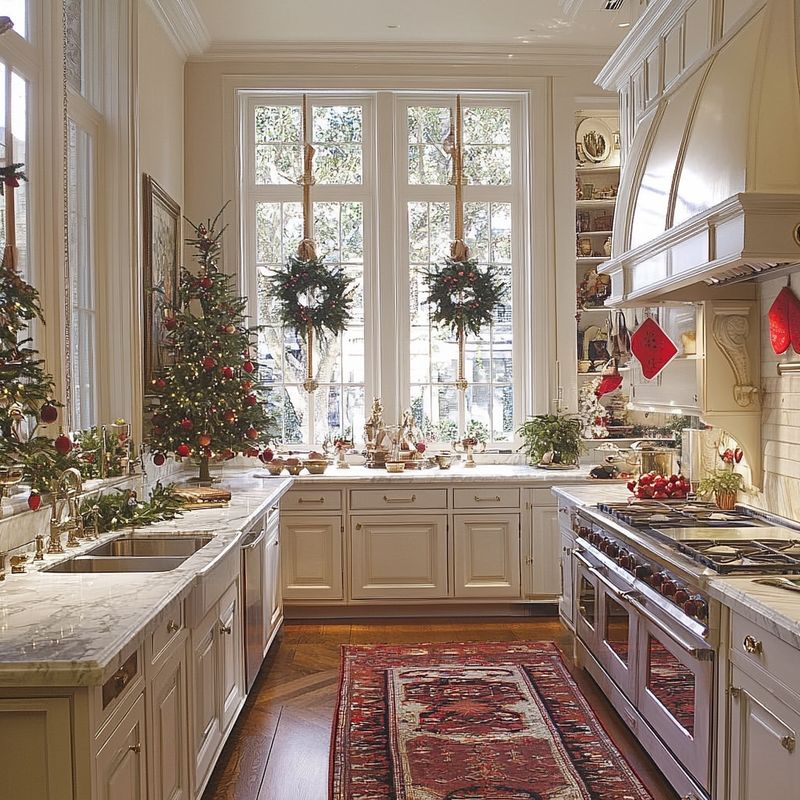
Though personal touches are essential, an abundance of decorative items can clutter visual space. Less is more when striving for an open feel.
Select a few meaningful pieces to display and store the rest, rotating them seasonally if desired. The idea is to have just enough decor to add personality without overwhelming the senses, making your kitchen appear larger and more cohesive.
9. Closed-Off Layout
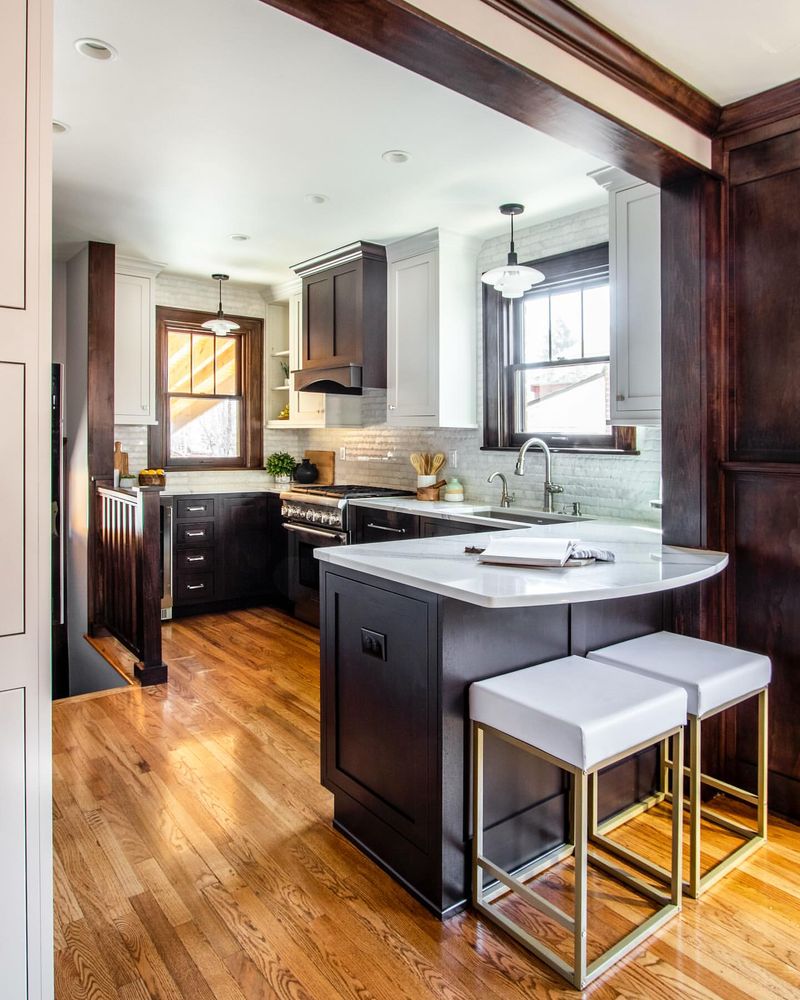
While some prefer separate spaces, a closed-off kitchen can feel confined. Consider removing non-structural walls to create an open floor plan, connecting the kitchen to adjacent areas. This layout not only enhances visual flow but also makes entertaining easier.
If wall removal isn’t possible, using cohesive color schemes and flooring can help blend separate spaces visually. An open concept fosters a sense of unity and spaciousness, transforming how your kitchen is perceived.
10. Busy Patterns
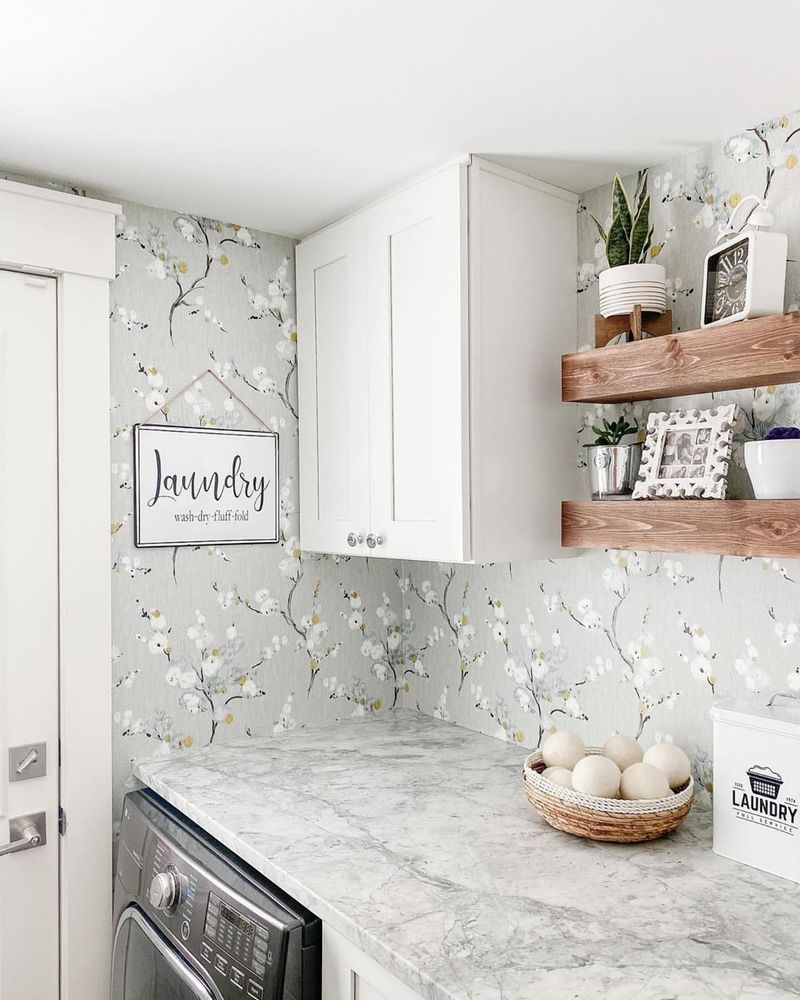
Despite adding interest, busy patterns can make a kitchen feel cluttered. Opt for solid colors or subtle designs that don’t overwhelm the senses. If you love patterns, use them sparingly, perhaps as an accent wall or in textiles like seat cushions.
The key is balance: patterns should enhance, not dominate, the space. Simplifying wall and fabric designs can create a calm and expansive atmosphere in your kitchen, allowing its best features to shine.
11. Dated Appliances
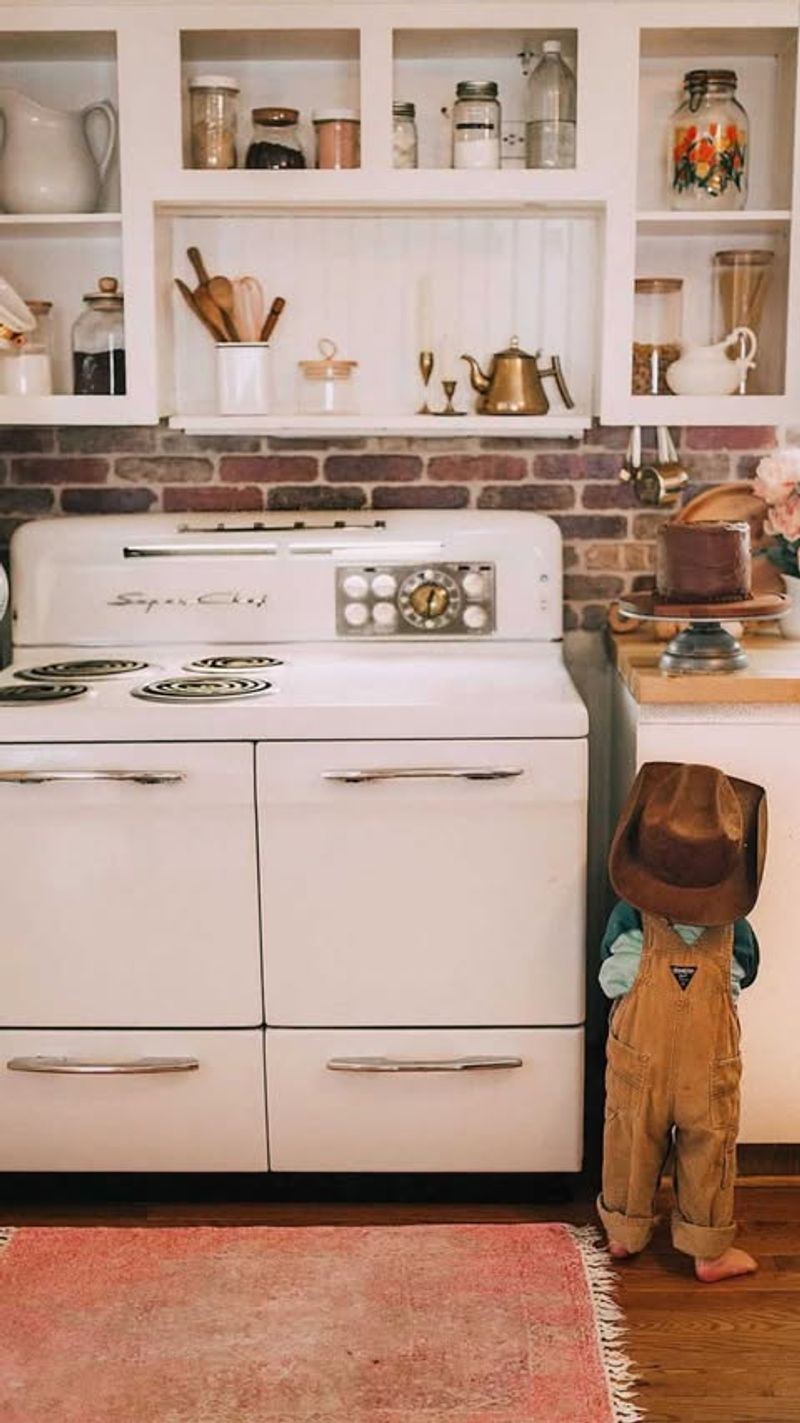
However functional they may be, outdated appliances can make a kitchen feel small and inefficient. Modern appliances are often designed to be more compact and sleek, freeing up valuable space.
Alternatively, built-in appliances can create a seamless look, reducing visual clutter. Refreshing your kitchen with contemporary equipment not only enhances its appearance but also improves its functionality and spaciousness.
12. Lack of Color Contrast
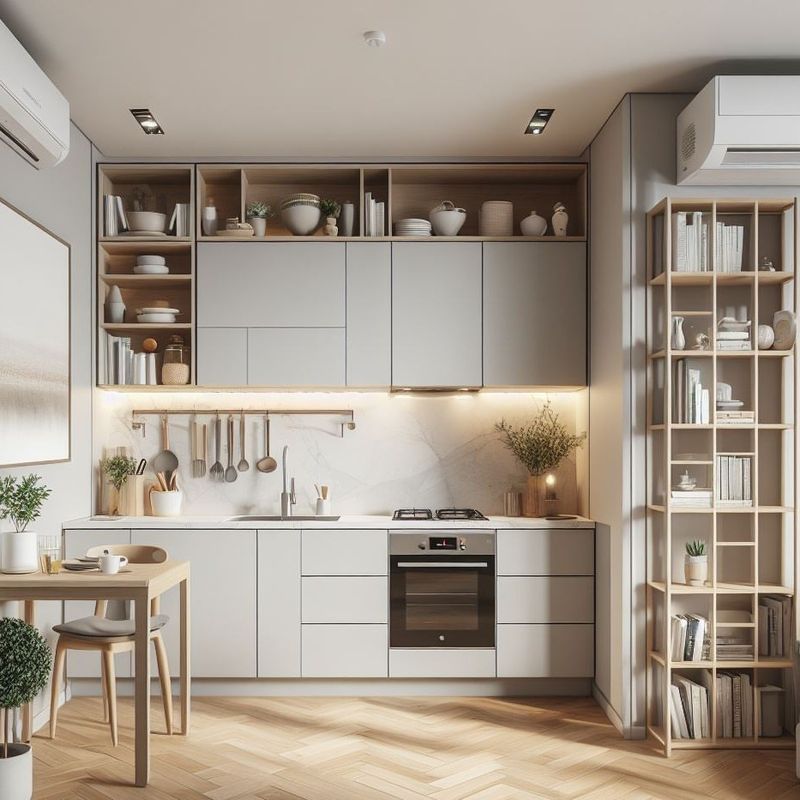
If everything blends together, your kitchen might lack depth and dimension. Introducing contrasting colors can break the monotony and add vibrancy.
Even a bold accent wall can elevate the room’s design. Contrast isn’t just about color; it involves texture and materials too. By thoughtfully mixing elements, you can create a dynamic and spacious kitchen that feels lively and intriguing.
13. Crowded Seating
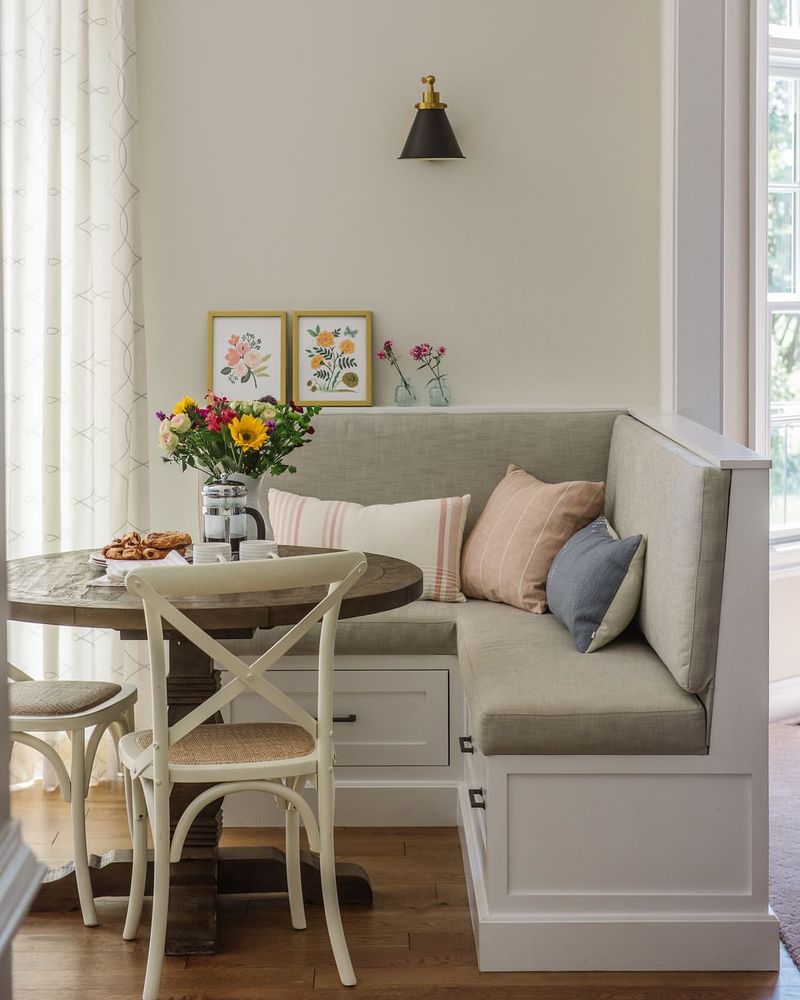
Though seating is necessary, overcrowded arrangements can make a kitchen feel tight. Pick benches or stools that tuck away when not in use to save space.
Flexible seating solutions allow for more movement and functionality without sacrificing comfort. Your kitchen can appear more spacious and inviting, balancing practicality with style in a harmoniously designed layout.
14. Low Ceilings
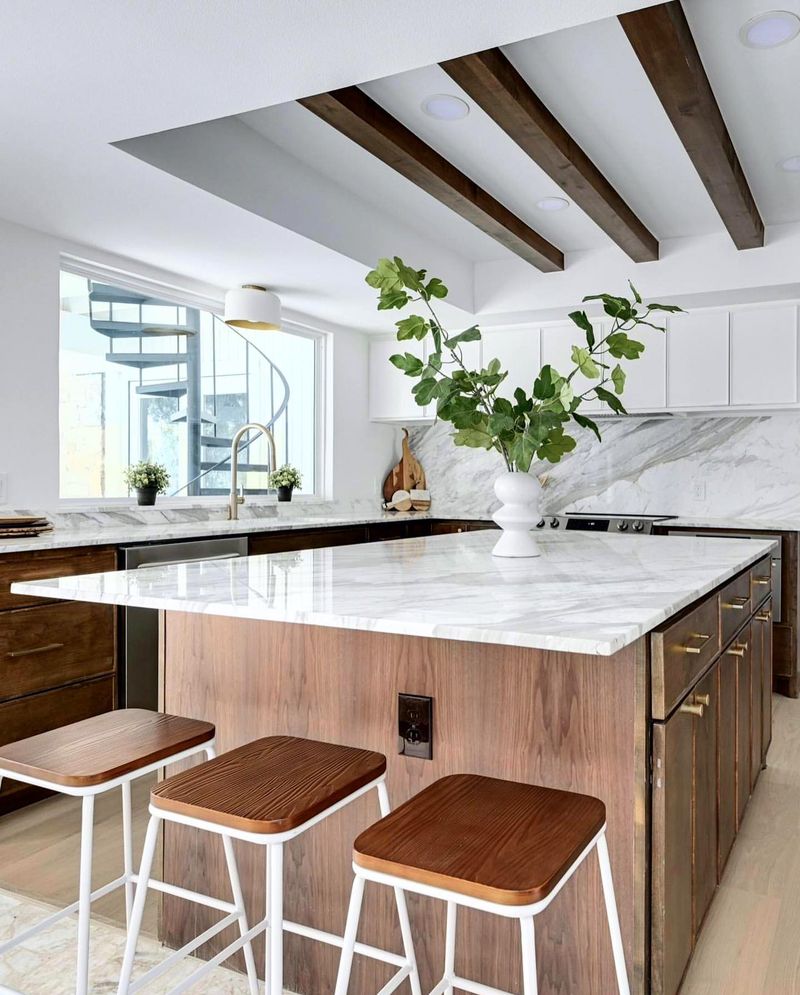
If your kitchen feels compressed, low ceilings might be a factor. Use vertical lines in decor and cabinetry to draw the eye upwards, creating an illusion of height. Light colors and reflective surfaces can also contribute to a sense of airiness.
By cleverly manipulating design elements, you can counteract the confined feeling of low ceilings, giving your kitchen a lofty atmosphere.
15. Lack of Windows
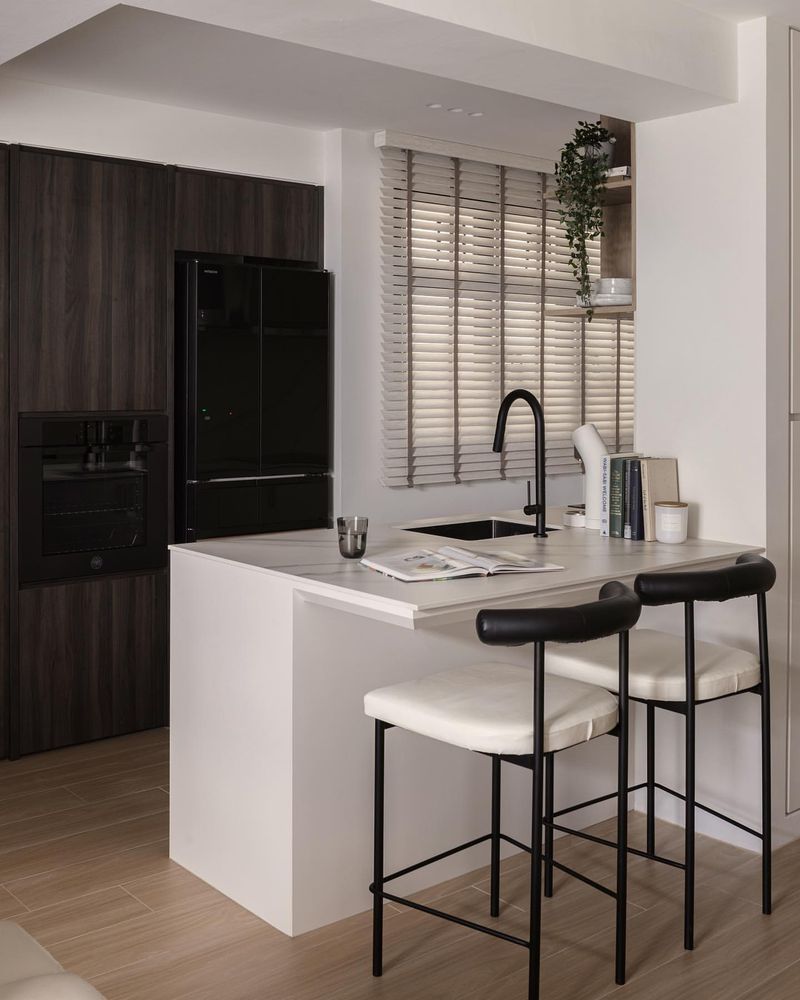
Despite your best efforts, a lack of windows can stifle a kitchen’s openness. If adding windows isn’t an option, maximizing existing light sources becomes crucial. Use light colors, mirrors, and glass elements to reflect light within the space.
Skylights or solar tubes might also be practical solutions to enhance natural illumination. By prioritizing brightness, you can expand the perceived space in your kitchen, ensuring it remains a pleasant area for cooking and gathering.
16. Bulky Appliances
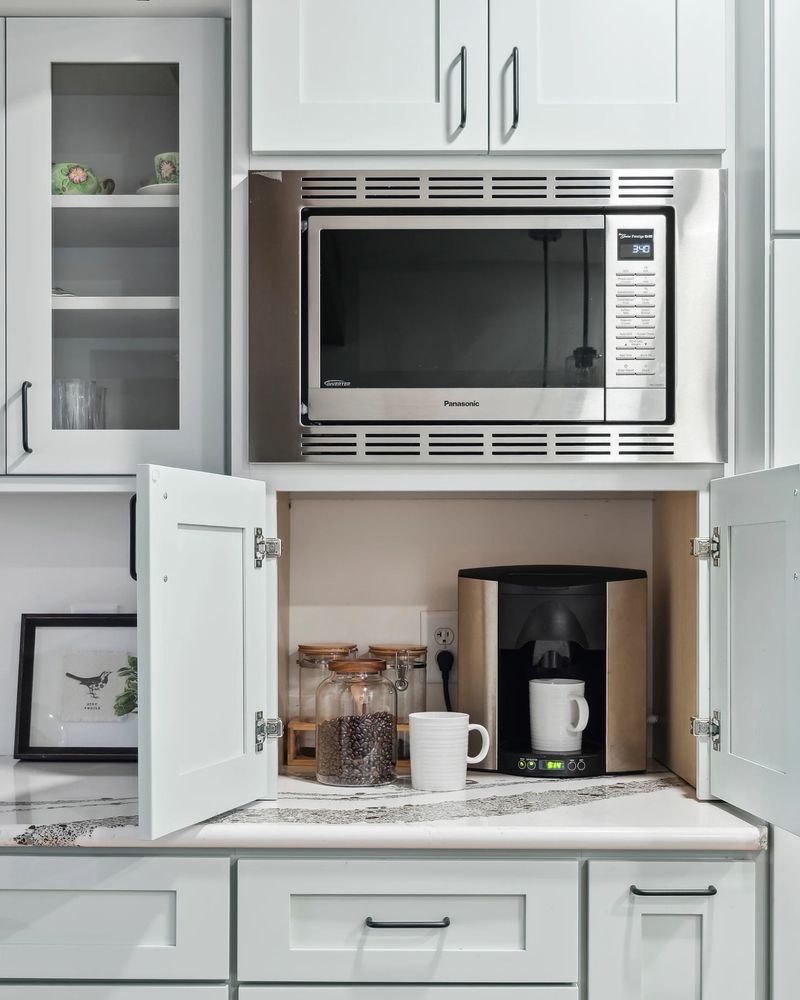
However necessary they might seem, bulky appliances can dominate a small kitchen. Built-in or integrated appliances offer a sleek look, minimizing clutter.
Additionally, creative storage solutions can keep essential items out of sight, maintaining an open feel. By rethinking equipment choices, you enhance both the aesthetic and functional aspects of your kitchen, making it feel more spacious and inviting.
17. Poor Ventilation
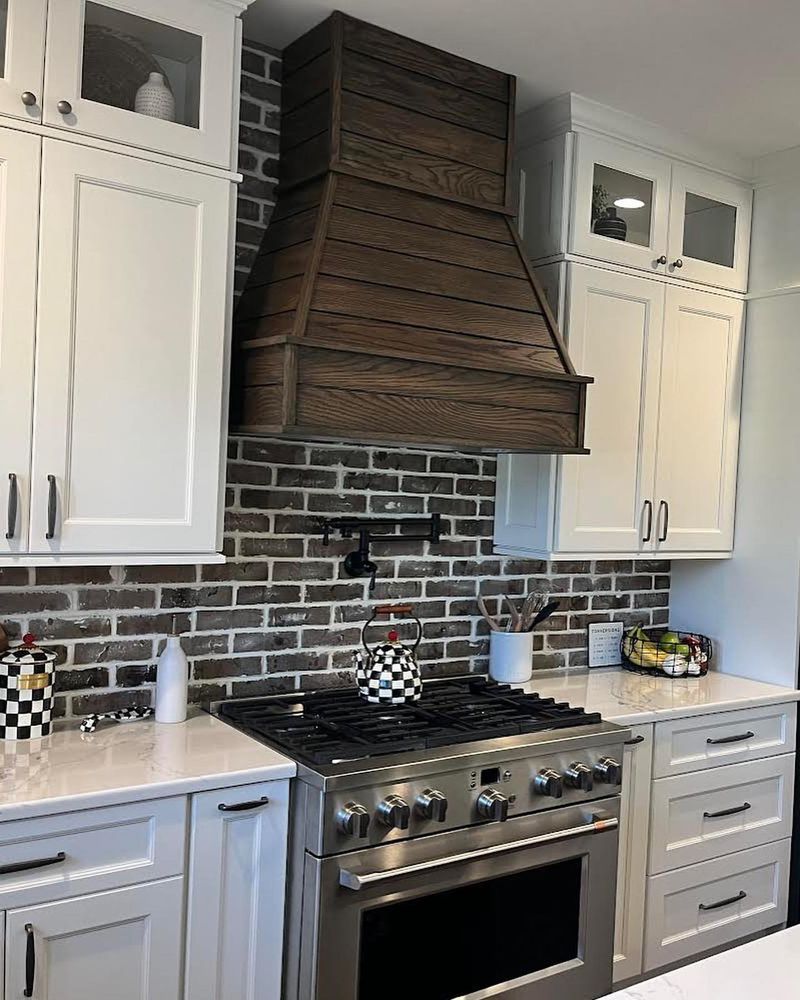
In any kitchen, poor ventilation can make the environment feel stuffy and confined. Ensure that cooking odors and humidity have a clear path to escape. This might involve installing a quality range hood or enhancing window ventilation.
Such improvements not only improve air quality but also help maintain a fresh and open atmosphere. A well-ventilated kitchen is more enjoyable to cook in, providing a comfortable and spacious environment.
18. Single Light Source
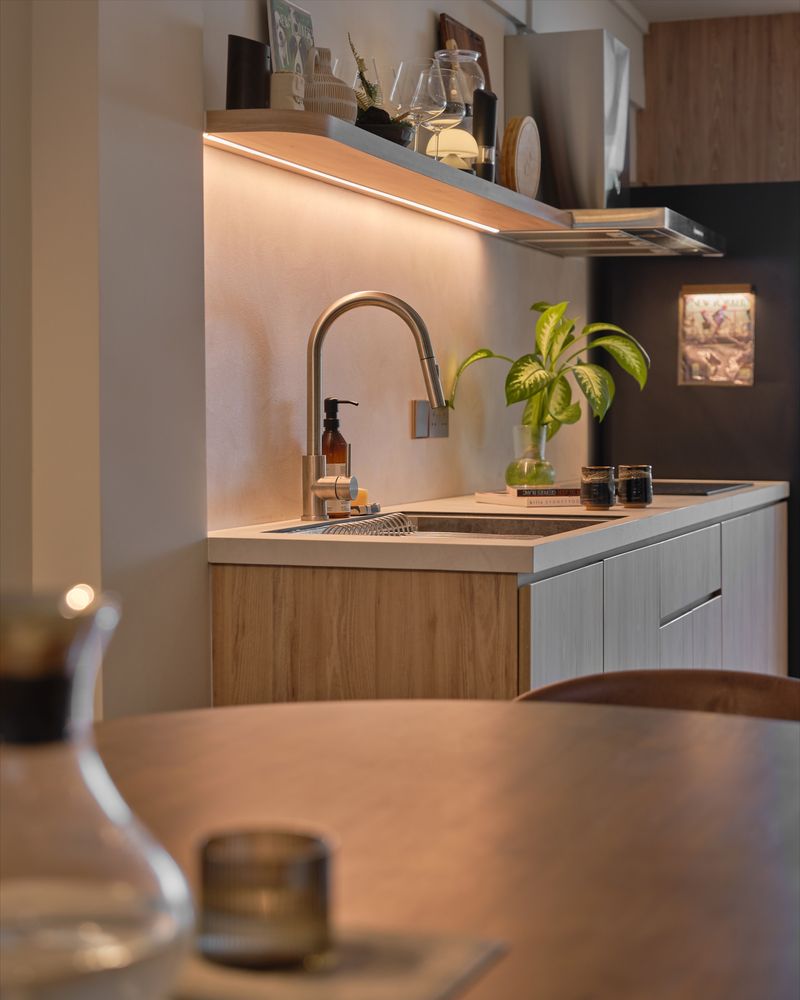
If a single light source dictates your kitchen’s ambiance, shadows can obscure its true size. Layered lighting, including task, ambient, and accent lights, can eliminate these shadows. Focused lights under cabinets or above workspaces enhance functionality and openness.
Additionally, installing dimmers allows for mood adjustments, improving both utility and atmosphere. A comprehensive lighting plan can redefine your kitchen’s spatial perception, making it feel open and airy.
19. Messy Drawers
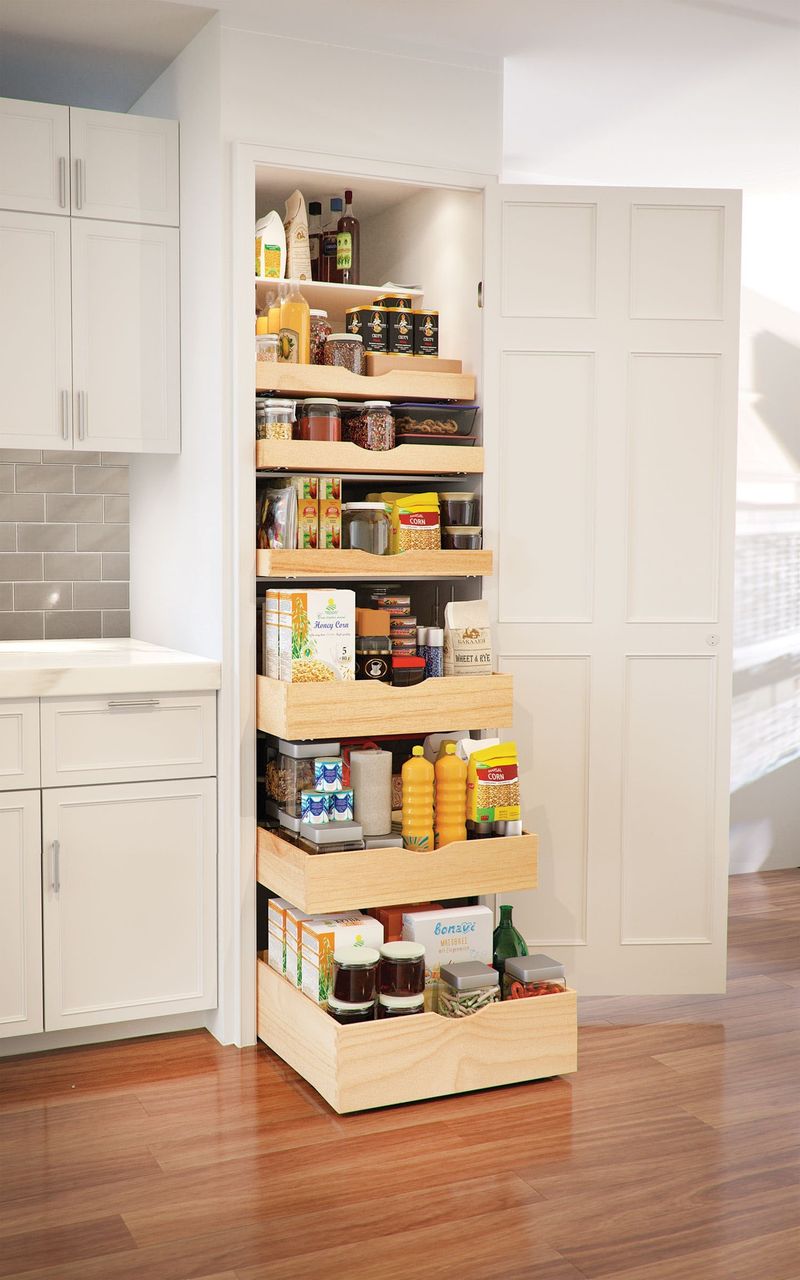
Though often hidden, messy drawers contribute to the overall disarray of a kitchen. Organize with dividers or inserts to keep utensils and gadgets neatly stored and easily accessible.
Decluttering drawers not only enhances function but also contributes to a tidy and open feel. A well-organized drawer system promotes a sense of calm and spaciousness, reflecting positively on the entire kitchen.
20. Dark Flooring
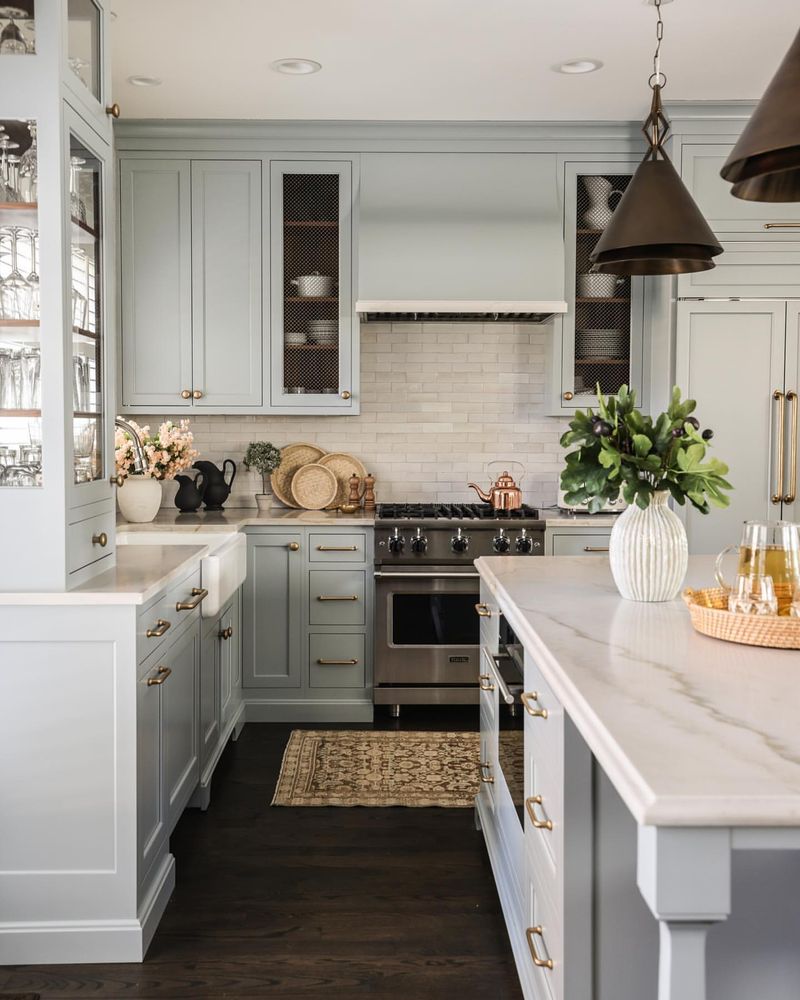
Though stylish, dark flooring can absorb light, making a kitchen appear smaller. Lighter shades reflect more light, offering an airy and open atmosphere. If replacing the floor isn’t feasible, consider adding a light-colored rug to break up the dark expanse.
Using reflective materials in other areas can balance the room’s overall light. A strategic flooring choice can transform your kitchen’s ambiance, enhancing both its aesthetic appeal and perceived spaciousness.
21. Lack of Reflective Surfaces
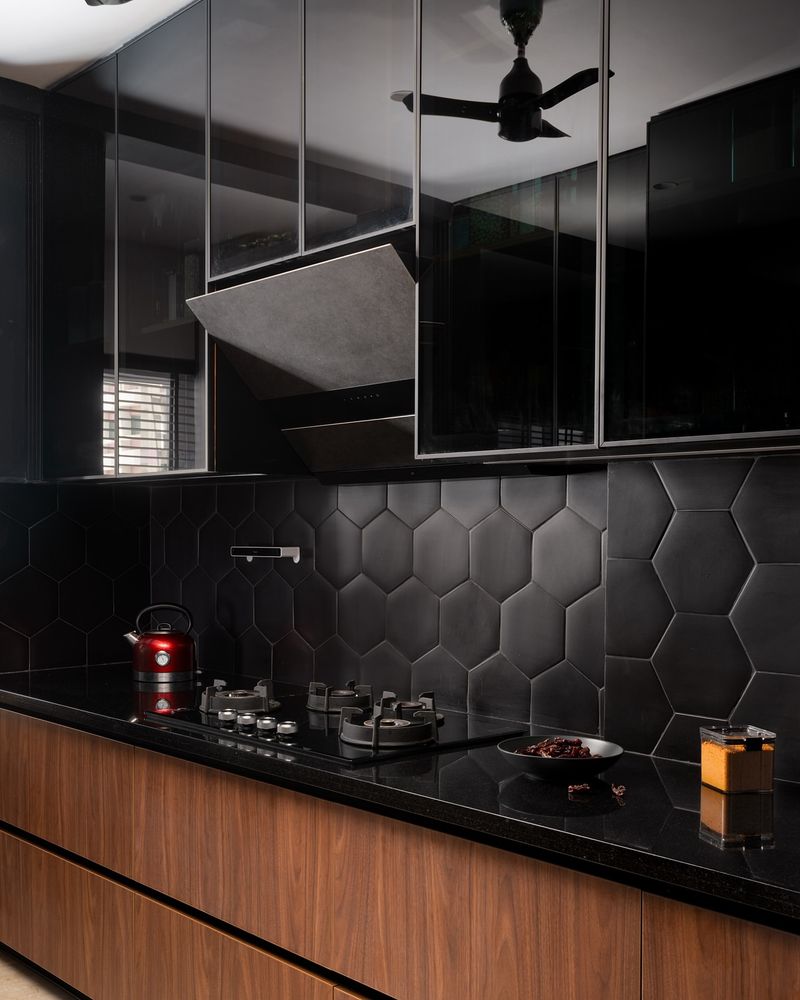
Where reflective surfaces are absent, light absorption can shrink a space. Incorporating glossy tiles, stainless steel appliances, or glass decor can bounce light around the room, creating an expansive feel.
Mirrors or shiny backsplashes further enhance this effect, adding depth and dimension. By strategically placing reflective elements, you can enliven your kitchen’s atmosphere, making it both visually appealing and spacious.
22. Overfilled Cabinets
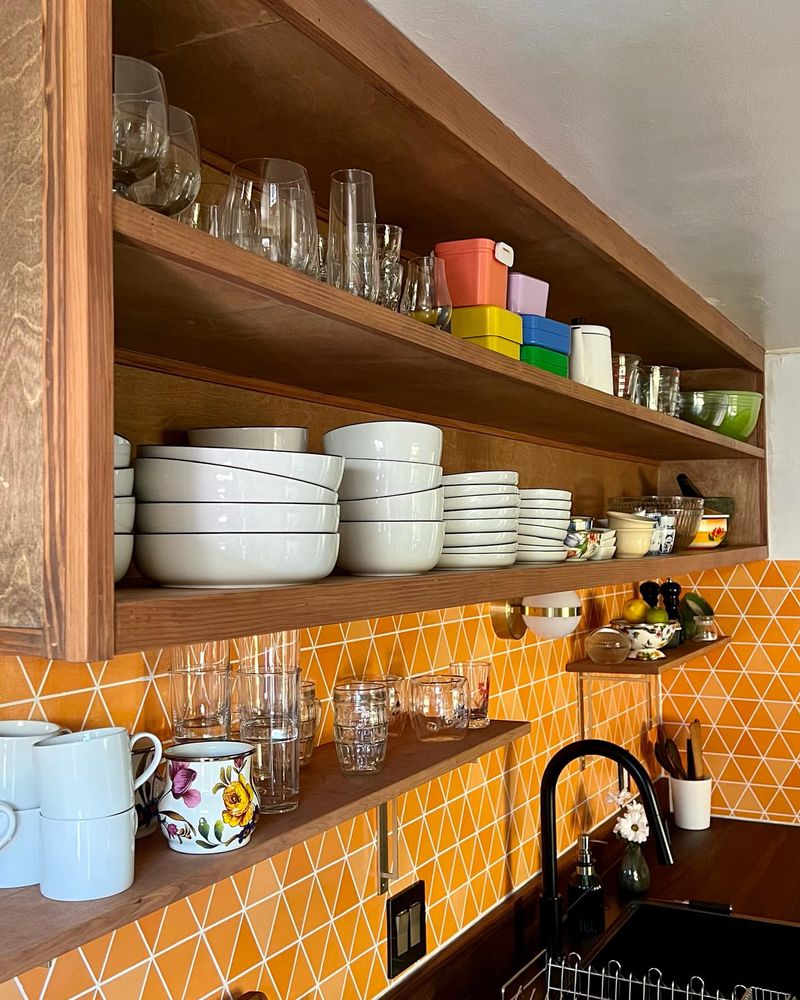
If cabinets are overfilled, your kitchen may feel chaotic and cramped. Regular decluttering and organization can make a significant difference. Adding clear labels or baskets can enhance order and efficiency.
Cabinets that are well-organized contribute to a tidy kitchen, making the entire space feel open and inviting. This small adjustment can vastly improve both functionality and aesthetics.
23. Mismatched Elements
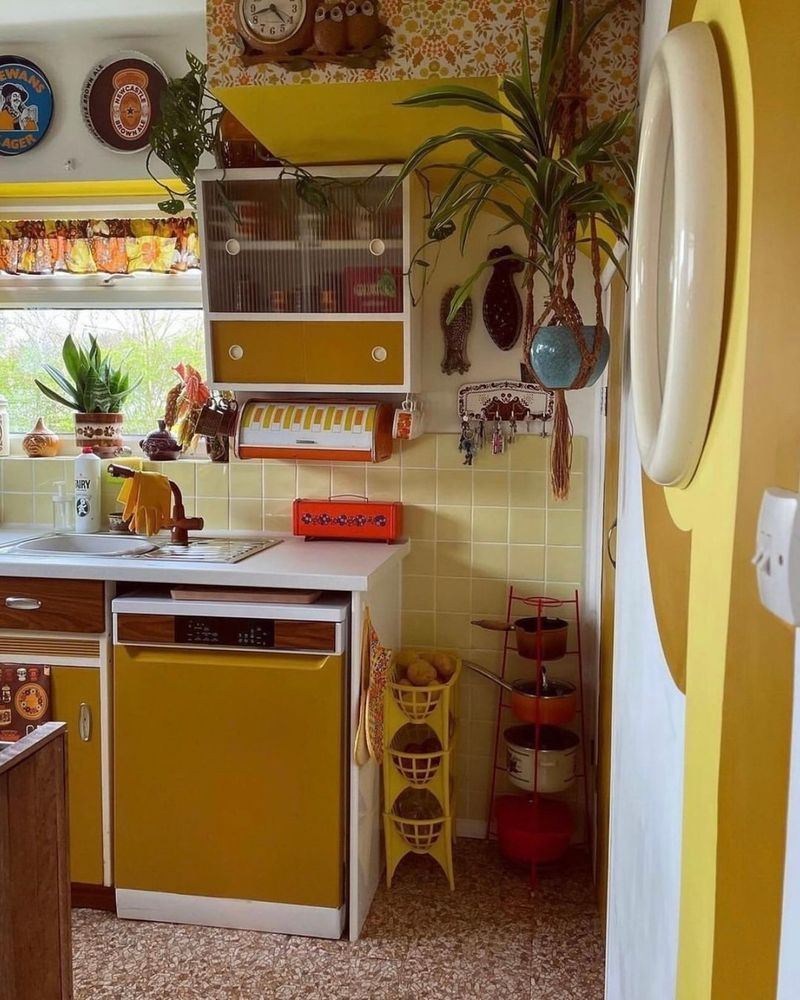
However eclectic you may be, mismatched elements can disrupt the harmony of a kitchen. Aim for a cohesive color palette and style in both furnishings and decor. Harmonizing elements creates a unified look, enhancing the sense of space.
Even small changes, like matching handles or coordinating fabrics, can tie a room together. Cohesion is key to a visually appealing and expansive kitchen, making it a welcoming place for family and friends.
24. Unfinished Surfaces
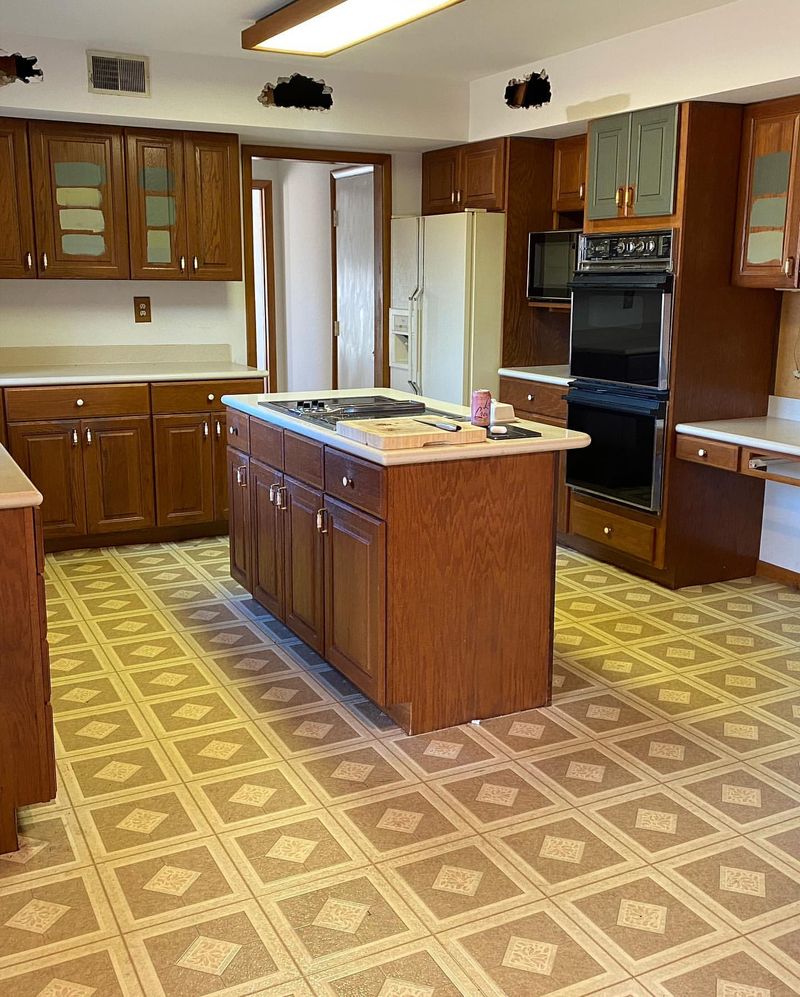
While rustic charm has its place, unfinished surfaces can leave a kitchen looking incomplete and small. Sanding and sealing wood surfaces can enhance their appearance, while also protecting them from wear. Finishing touches can create a polished and welcoming environment. A well-finished kitchen not only looks larger but also feels more inviting and well-cared-for.
25. Low-Quality Materials
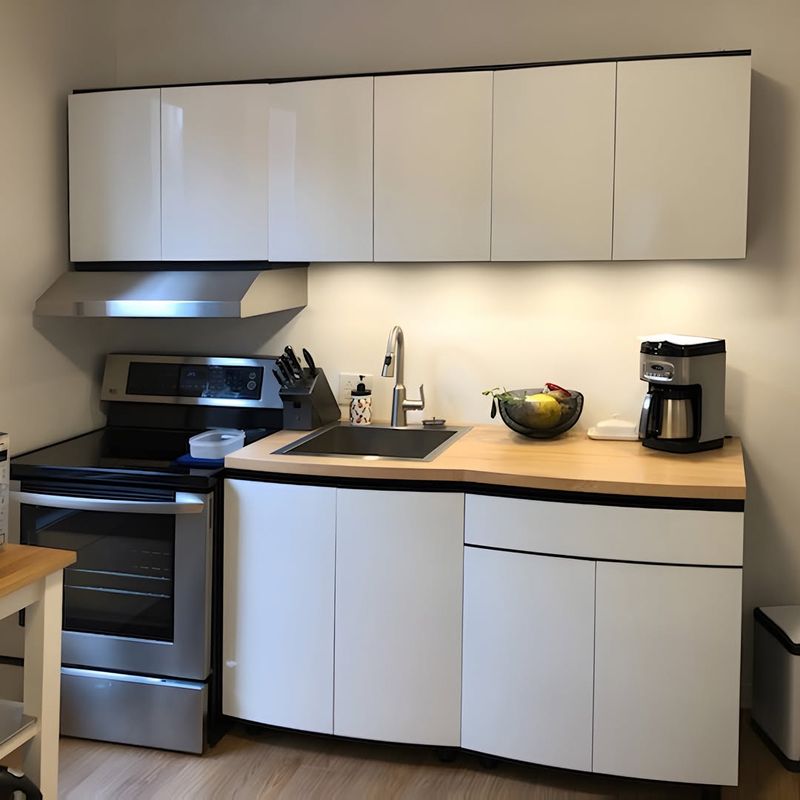
Though budget-friendly, low-quality materials can wear quickly, making a kitchen look outdated and small. Investing in durable, quality materials for key areas like countertops and cabinetry pays off in appearance and longevity.
Quality finishes elevate the entire space, enhancing both its functionality and aesthetic appeal, ensuring your kitchen remains a vibrant and inviting hub of the home.
26. Large Wall Art
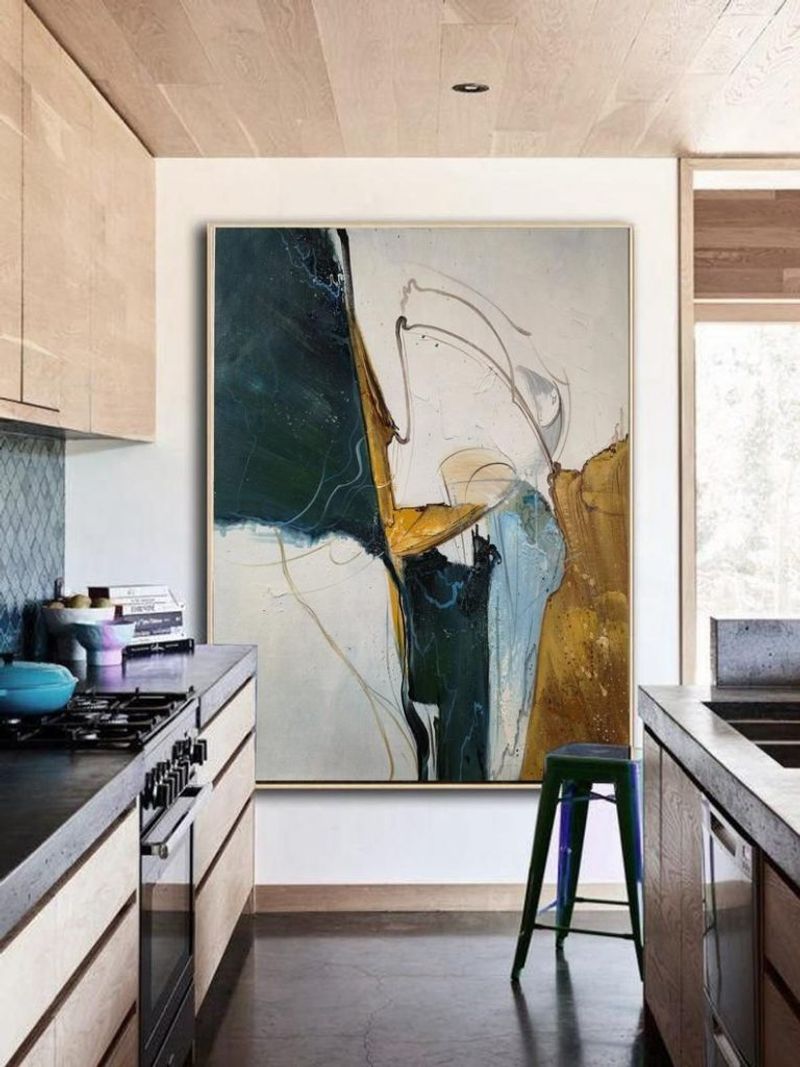
A single large painting can dominate the space, making your kitchen feel more like an art gallery than a functional room. The eye is drawn to the artwork, which can overshadow other elements, creating an unbalanced aesthetic.
Choosing artwork that complements the kitchen’s color scheme can unify the room. This approach maintains openness and ensures the art enhances rather than diminishes the kitchen’s sense of space.
27. Too Many Rugs
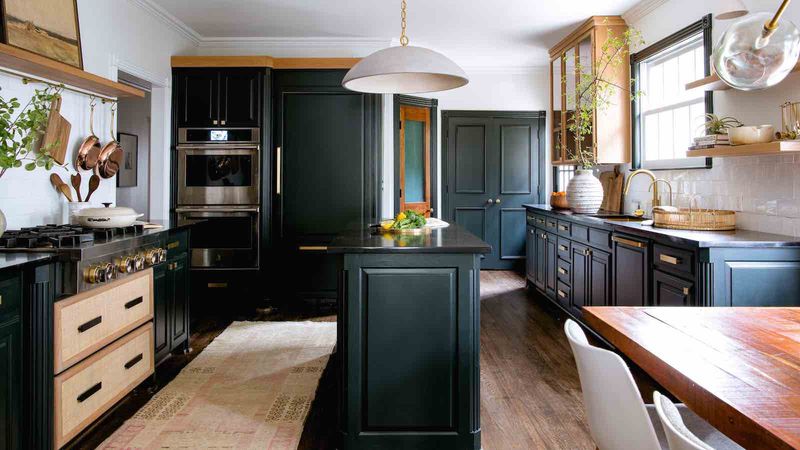
Rugs can add warmth, but too many in a small kitchen can break the visual flow. Each rug creates a boundary, which can segment the room and reduce its perceived size.
Instead of multiple rugs, consider a single runner that guides the eye along the kitchen’s length. This not only visually elongates the space but also adds a cozy element.

